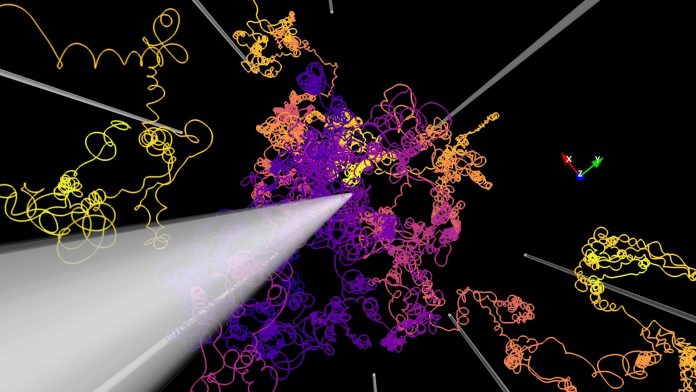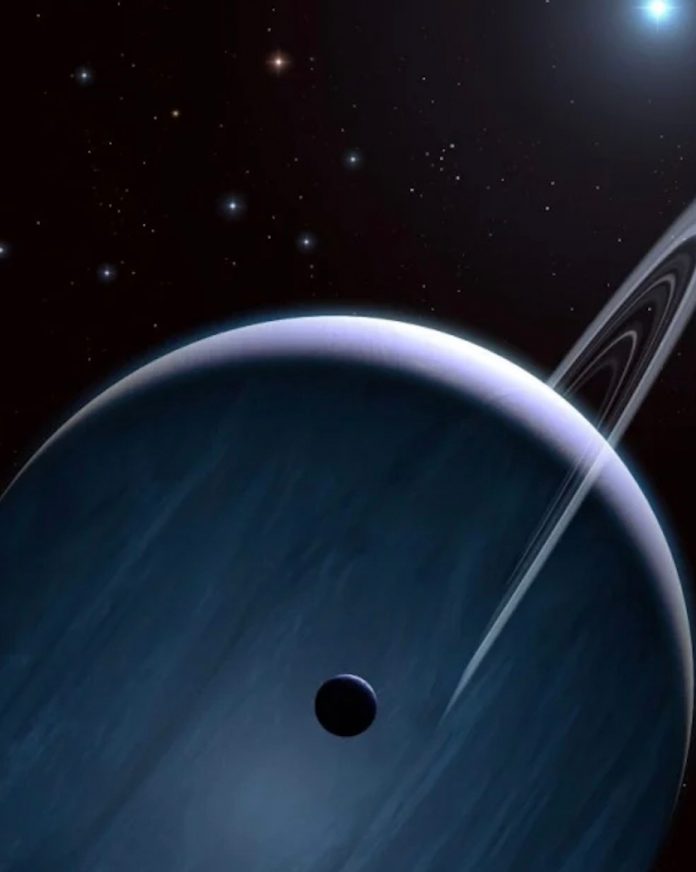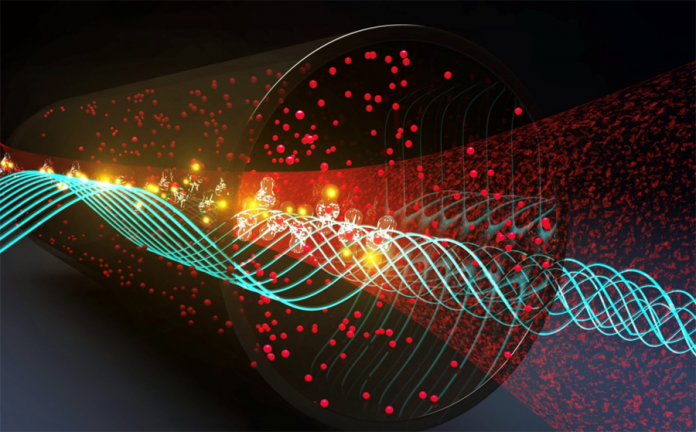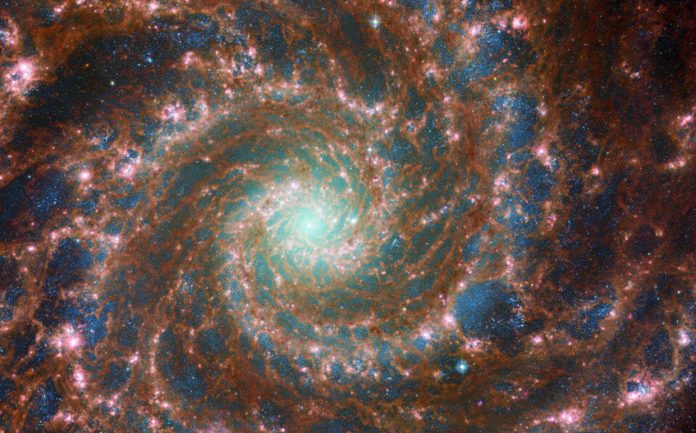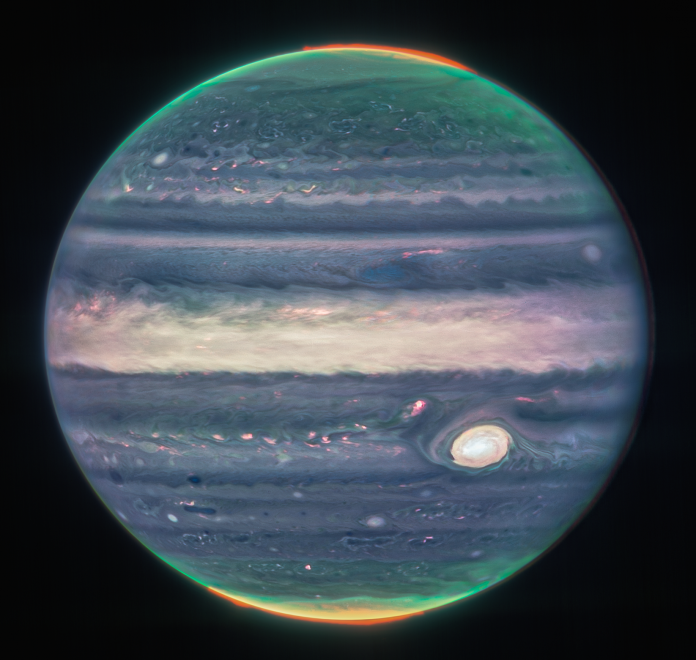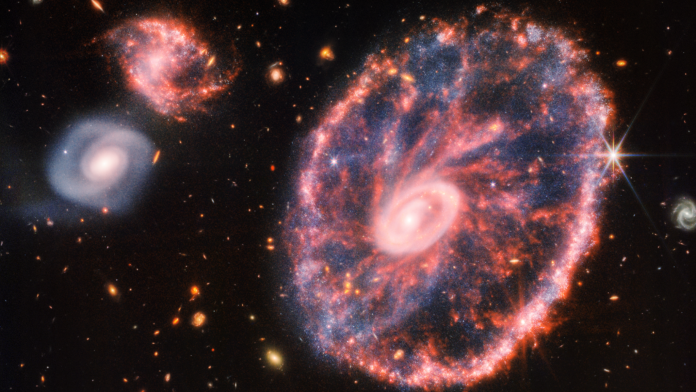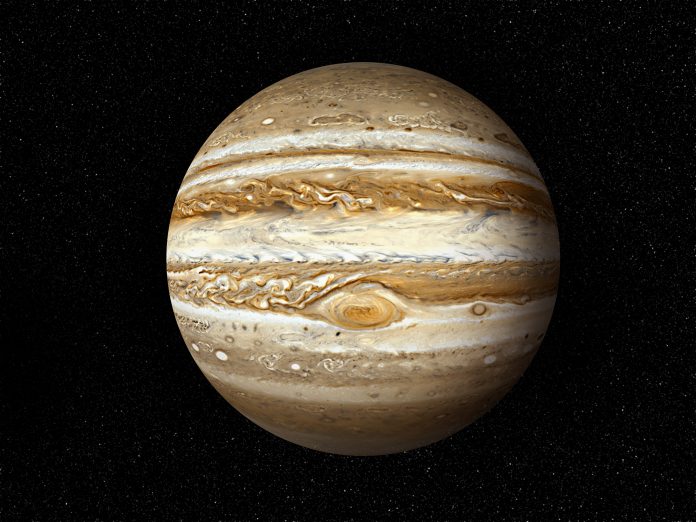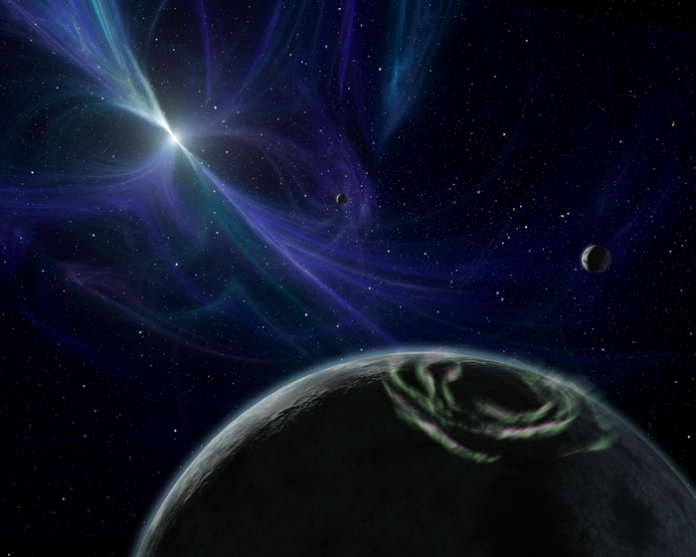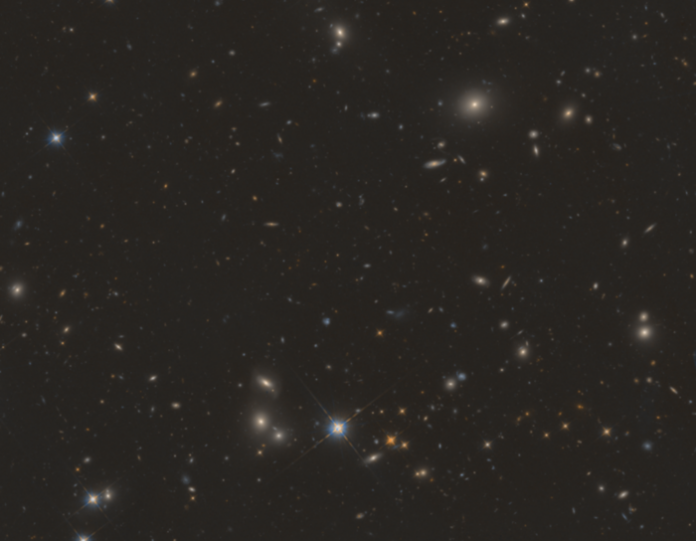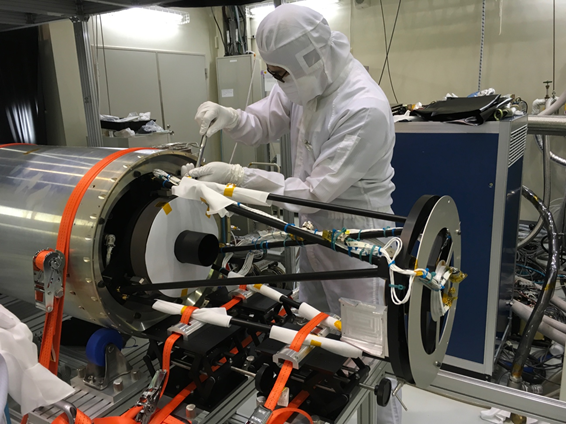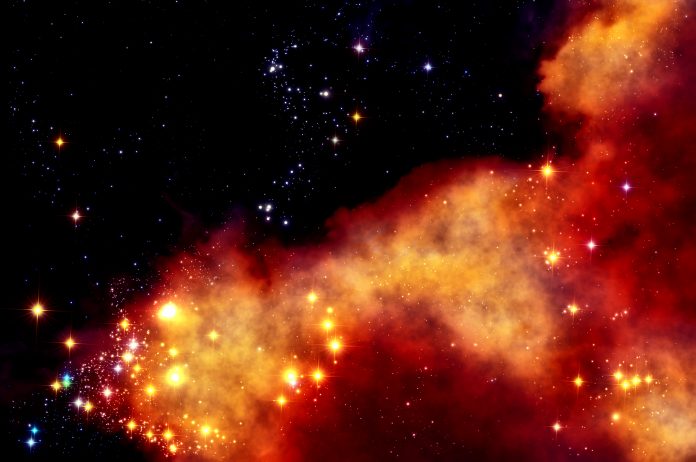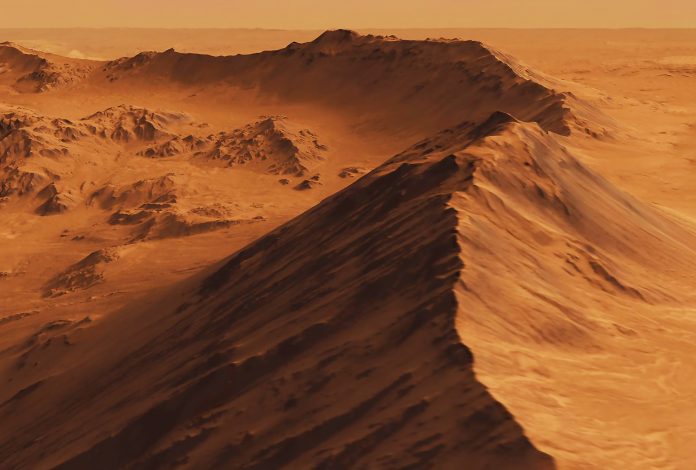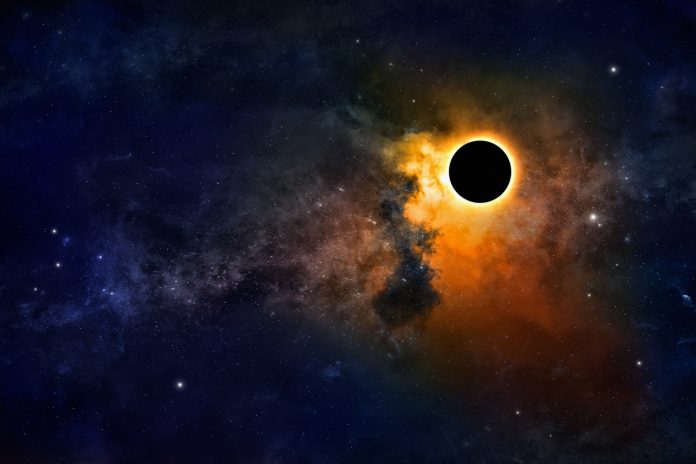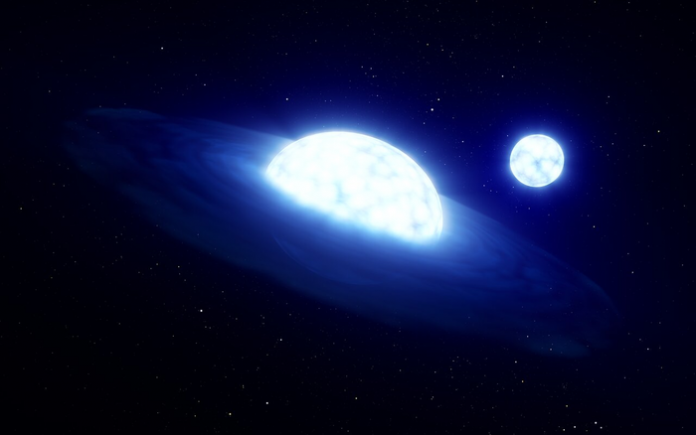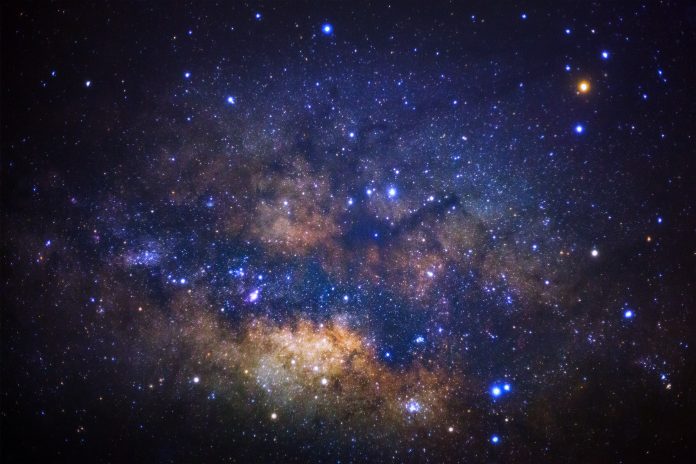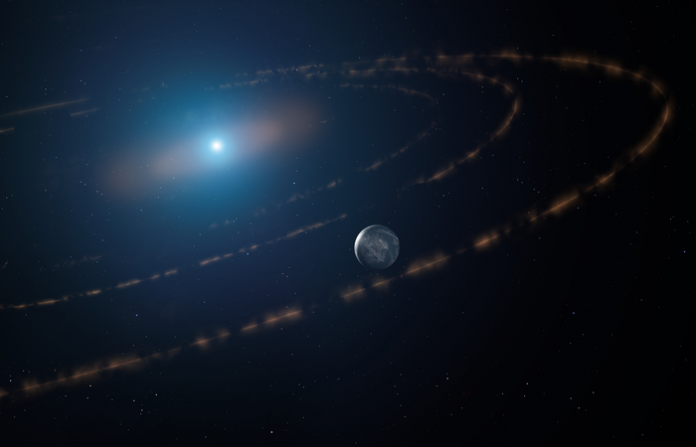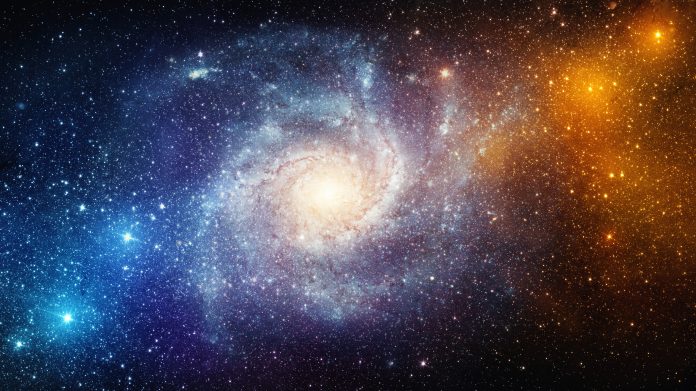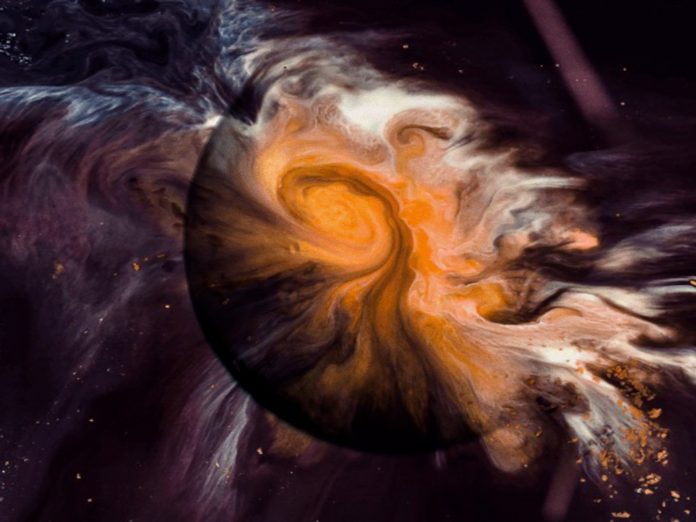Home Search
astronomy - search results
If you're not happy with the results, please do another search
New computer simulation aids in the search for the origin of cosmic rays
By simulating the transport of cosmic rays with a new computer program, international scientists are hoping to uncover the sources of these atom fragments.
Planetary heist: how can planets get stolen by massive stars?
Research shows how Jupiter-sized planets can be stolen or captured by massive stars in what is colloquially described as a planetary heist.
Rydberg atoms: quantum electric field sensors
Professor Barry Dunning discusses new research in quantum electric field sensors using Rydberg atoms of a higher sensitivity.
The Phantom Galaxy: a Hubble and James Webb collaboration
A collaboration of the two greatest telescopes has resulted in this stunning image of the phantom galaxy Messier 74 located 32 million lightyears away.
Viewing the universe: The “incredible” auroras of Jupiter
It seems every week the magic of the James Webb telescope grips us all again, viewed in unprecedented detail the telescope has revealed the giant storms, moons, rings and auroras of Jupiter.
Exploring the Cartwheel Galaxy through James Webb
The James Webb Space Telescope is continuing to open our eyes to the wonders of our universe and the galaxies within it including what is known as the ‘Cartwheel Galaxy”
200-300 million years ago, ESO 350-40 or the Cartwheel galaxy experienced a head-on collision that sent a shock wave through...
Why doesn’t Jupiter have bigger rings?
Due to its size, Jupiter should theoretically have even more specular rings than Saturn however research has shown that its massive moons are preventing this.
Players of video games could have enhanced brain activity through gaming
Players of video games show enhanced brain activity – potentially giving them useful life tools in perceptual decision-making.
Understanding pulsars: exploring the first exoplanet detections
A survey of 800 pulsars by Jodrell Bank over the last 50 years has revealed less than 0.5% of all known pulsars could host Earth-mass planets.
Hubble Space Telescope expands the search of the universe’s rarest galaxies
NASA’s Hubble Space Telescope has released its largest near-infrared image ever taken enabling astronomers to map the origin of our universes rarest galaxies.
Low-cost high-productivity space science from Japan
NAOJ Director General Saku Tsuneta provides an overview of Japan’s involvement in space science.
What is Astrophysics?
Daniele Malafarina, Associate Professor from Nazarbayev University, School of Sciences and Humanities, unpacks astrophysics for us.
Scientists say solar energy better than nuclear energy on Mars
Is solar energy better than nuclear energy? Scientists say solar tech could provide all the power needed for an extended mission to Mars.
Rydberg atoms and optical tweezers: new opportunities in quantum science
Professor Barry Dunning discusses new research in quantum science providing the basis for several nascent quantum technologies.
Star collisions may fuel massive black holes, says new simulation
The DEMOBLACK team have been able to point out a rang out exotic outcomes when concerning the collision of giant stars
Earth’s closest black hole actually “vampire” two-star system
It has been scientifically accepted that Earth's closest black hole is about 1,000 light-years away - but now, research suggests that black hole doesn't exist.
Big science from little telescopes
NAOJ Director General Saku Tsuneta explains Japan’s strategy of using both large and small facilities for multi-messenger astronomy
Scientists find potential “habitable zone” near dead star
An international team has found what could be a planet with one billion years of "habitable zone" time left.
Cosmology & astrophysics – what they are & why we might be interested
Dr John Yardley, Founder and CEO of Threads Software Limited, shares his enthusiasm for cosmology and astrophysics, considering what they are and why we might be interested in them.
Astronomers find some stars can still form planets even near death
Astronomers have discovered that stars, even when near death, can possibly still birth planets.


